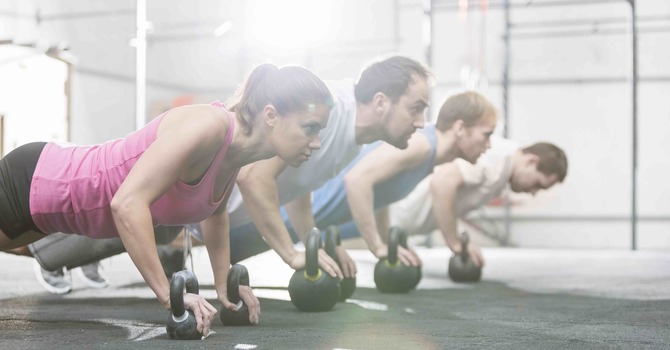The Importance of Hip Mobility
Hip mobility is an important aspect to overall health and fitness. It allows for proper movement of the hips, which can help prevent injury and improve overall function, whether during day to day activities or with exercises. The hips connect our upper to lower bodies and are involved in a wide range of movements, from basic walking to dynamic movements like running, jumping and squatting.
Poor hip mobility can lead to compensatory movements in other areas of the body like the knees or lower back, leading to pain and subsequent injury. On the other end, those with chronic low back pain may also develop tightness in the hip flexors or hamstrings, causing compensatory movement patterns of the hips even if it reduces mobility. Due to our sedentary lifestyles and lack of movement, it is common that a person with tight hips will have weakness in the gluteal muscles, along with lower back pain.
What is regional interdepence?
Different regions and systems of the human body are connected and reliant on each other to function optimally. If one part of your body is not functioning properly, it can impact other areas of the body, usually up or down the kinetic chain. This interdependence between body regions is used to maintain stability and prevent injury, but not without a cost. In order to address the root cause of a person's problems we need to take a comprehensive joint-by-joint approach to fully resolve any issues and restore optimal function.
How can I improve my hip mobility?
- Stretch the hip flexors. The iliopsoas muscle is located at the front of the hips, and are usually tight due to prolonged sitting. To stretch them, go into a kneeling lunge position and perform a posterior pelvic tilt by squeezing your gluteal muscles. Hold the stretch for 30 seconds and repeat on the other side.
- Strengthen the glutes! Strong glutes can improve both hip stability and mobility and reduce the risk of injuring your lower back and knees. Try incorporating exercises such as body squats, lunges and glute bridges into your daily routine.
- Perform self myofascial release of the surrounding muscles of the hips using either a foam roller or lacrosse ball. Releasing tension of the hip flexors, glutes and quadriceps can help improve hip mobility.
- Try Yoga! Yoga poses such as the pigeon stretch, butterfly pose and warrior pose are a great way to stretch and loosen up the muscles affecting the hip joint.
- Try performing Dr. Mark's favorite hip flow - see the video below. These dynamic movements are a good way to assess your own hip mobility and a great way to warm-up prior to exercise.
It is important to seek professional help if you are experiencing hip pain or discomfort, especially if you are considering starting or maintaining a healthy exercise program.
If you experience pain or discomfort in the hips or any other area of the body while performing these basic movements, make sure to speak with Dr. Mark to determine why your hips are tight and painful in the first place.
Remember to always listen to your body & get on point!





